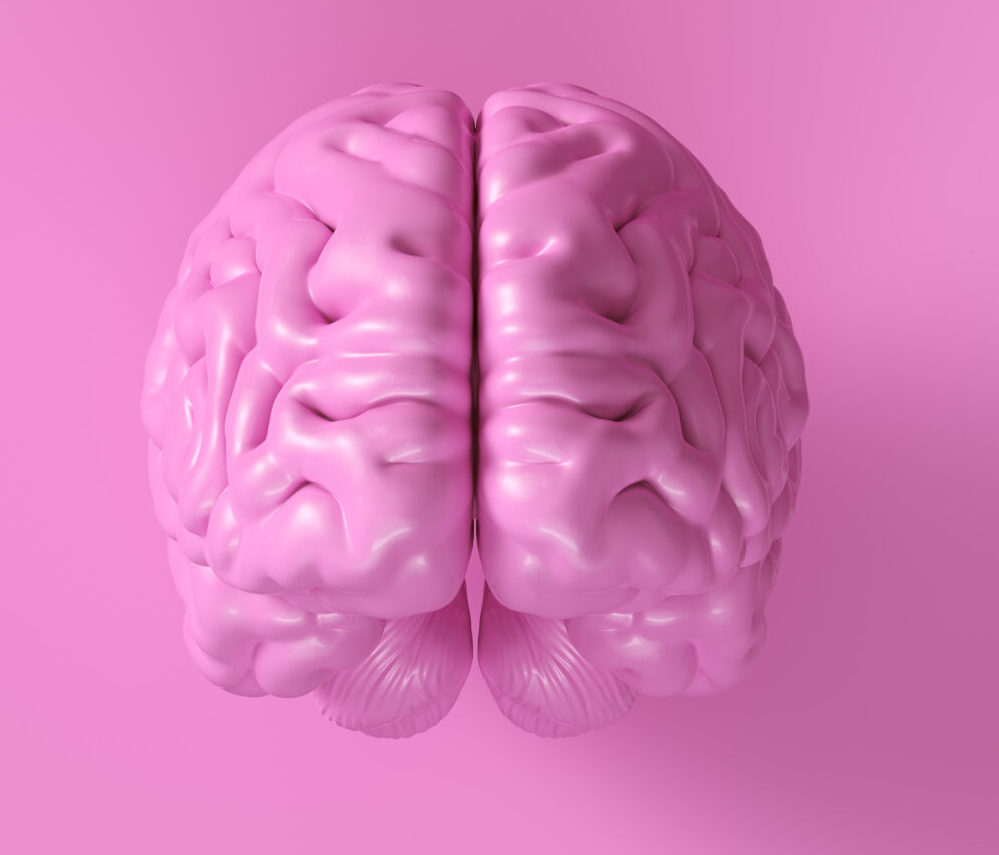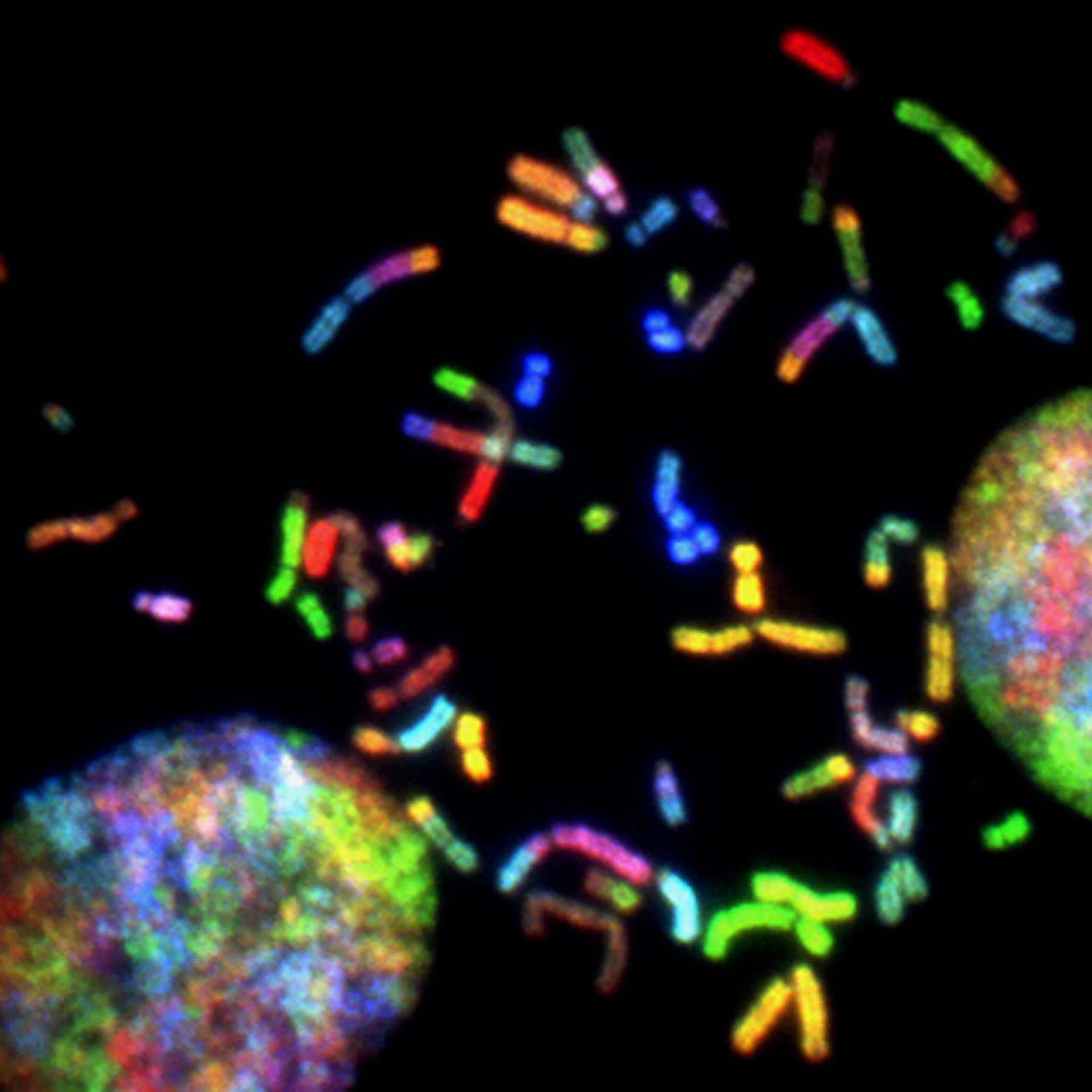Improving Lighting and Color Schemes in Dementia Facilities
Creating a supportive environment for individuals with dementia involves more than just providing medical care. One crucial aspect is designing spaces that are both safe and comforting. Lighting and color schemes play a significant role in this, as they can greatly impact the mood, safety, and overall well-being of residents.
### The Importance of Lighting
Lighting is essential for maintaining a sense of routine and normalcy. Natural light is ideal, but when this is not possible, artificial lighting can be used to mimic natural daylight. This is particularly important for regulating the body’s internal clock, which can help improve sleep patterns and reduce confusion. In dementia facilities, using blue-enriched light in the morning has been shown to enhance daytime activity and improve sleep quality in older adults[1].
However, it’s crucial to avoid harsh lighting, especially in the evenings, as it can disrupt sleep. Soft, gentle lighting is recommended for evening hours to promote relaxation and prepare residents for sleep.
### Color Schemes and Visual Contrast
Colors can have a profound effect on mood and behavior. Biophilic designs, which incorporate elements of nature, are often used in healthcare settings to create calming environments. These designs typically include colors reminiscent of natural landscapes, such as greens and blues, which can help reduce stress and anxiety[2].
Visual contrast is also important for safety. Ensuring that there is a clear difference in color between floors, walls, and furniture can help residents navigate more easily. This is especially important for those with visual impairments, as it can prevent confusion and reduce the risk of falls. For example, using a toilet seat that contrasts with its surroundings can make it easier to identify[3].
### Practical Tips for Dementia Facilities
1. **Use Natural Light**: Whenever possible, maximize natural light exposure during the day. This can be achieved by placing common areas near windows or using skylights.
2. **Blue-Enriched Morning Light**: Implement blue-enriched lighting in the mornings to help regulate residents’ circadian rhythms and improve their activity levels.
3. **Soft Evening Lighting**: Switch to softer, warmer lighting in the evenings to promote relaxation and prepare residents for sleep.
4. **Calming Color Schemes**: Incorporate calming colors into the design of the facility. Shades of green, blue, and neutral tones can create a peaceful atmosphere.
5. **Visual Contrast**: Ensure there is adequate visual contrast between different surfaces to aid navigation and prevent accidents.
6. **Avoid Patterns**: Avoid using complex patterns on floors, walls, or furniture, as these can be confusing and overwhelming for individuals with dementia.
By carefully considering lighting and color schemes, dementia facilities can create environments that are not only safe but also supportive and comforting for their residents. These simple yet effective changes can significantly enhance the quality of life for those living with dementia.

